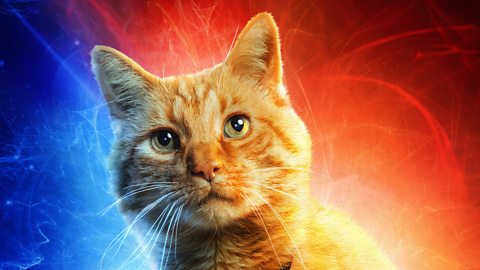Shakespeare may not be the first literary great that comes to mind when we think of cats.
But the Bard was not averse to sprinkling a few feline references around his plays. In The Merchant of Venice, for example, he mentions a вҖңharmless necessary catвҖқ while Hamlet, perhaps more famously, says: вҖңThe cat will mew and the dog will have his day.вҖқ
Although Shakespeare never went as far as creating a cat character, other playwrights, authors and poets have crafted adventures for our feline friends. Some of them have even gone on to legendary status, as ҙуПуҙ«ГҪ Bitesize discovers.
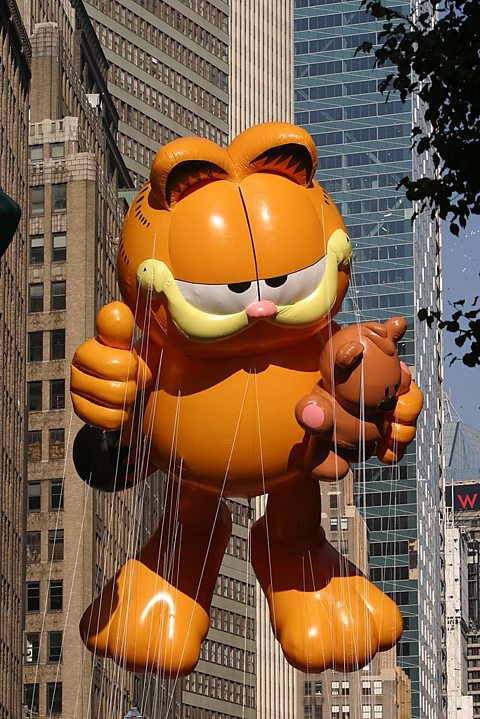
Garfield: He doesnвҖҷt like Mondays
For a cat to find fame, they donвҖҷt need to be the stuff of centuries-old legend. Garfield, the orange-and-black tabby cat who loves a slice of lasagne, began life in a newspaper strip in 1978.
He is the creation of the cartoonist Jim Davis. Having tried, unsuccessfully, to launch an insect character called Gnorm Gnat, a colleague in the newspaper industry advised him that although the jokes were good, people couldnвҖҷt relate to the character.
Davis looked elsewhere, as he explained in a 2018 interview: вҖңI took a long hard look at the comics. I saw dogs doing well. But no cats. I thought, вҖҳHuh!вҖҷвҖқ
Paired with a human owner called Jon Arbuckle, Garfield also shares his home with a beagle called Odie.
Liz the vet, a kitten called Nermal and his favourite teddy bear, Pooky, also feature. By 1983, a thousand papers around the world featured a Garfield strip.
Davis stated that he never wanted Garfield to be topical, or comment on news events, despite appearing in newspapers. Instead, he is simply a little weary and hates Mondays.
Mog: A clumsy puss who was much loved
Judith Kerr had a real talent for writing about cats. As well as a series of stories about the clumsy Mog, who lived with the Thomas family, she also wrote the classic tale The Tiger Who Came to Tea.
Mog first appeared in 1970 in Mog the Forgetful Cat. There were more than a dozen Mog titles and, unusually for a popular character in a childrenвҖҷs story, Kerr wrote about MogвҖҷs death in 2002.
The book Goodbye Mog showed how she stayed as a ghost around her family home before finally flying away. The many stories about Mog were inspired by KerrвҖҷs own cats and the illustrations were based on her own home in London.

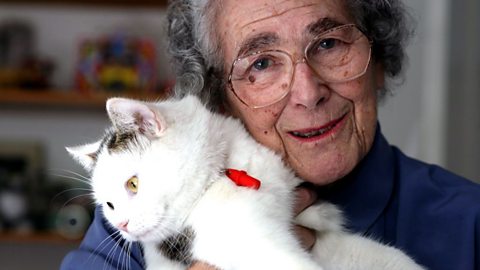
As well as writing about cats and other animals, Kerr also wrote When Hitler Stole Pink Rabbit, based on her familyвҖҷs experiences as Jewish people fleeing Nazi Germany in the 1930s to eventually settle in the UK.
There is also another popular Mog in childrenвҖҷs literature, one paired up with Meg the witch in a series of books written by Helen Nicoll with memorable illustrations by Jan PieЕ„kowski.
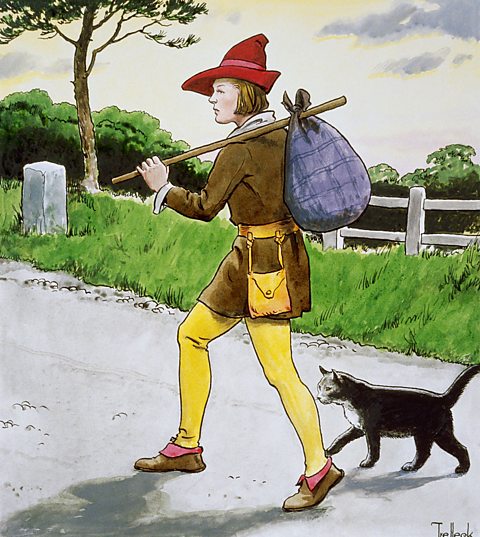
Dick WhittingtonвҖҷs Cat: When your owner existed - but you probably didnвҖҷt
In Highgate Hill in London there is a statue of a cat. It sits atop a stone dedicated to its owner - Dick Whittington.
While former Mayor of London Richard Whittington is known to have existed, there is still an air of mystery around his faithful feline friend with a remarkable ability to catch rats.
The popular tale, often performed as a pantomime, shows DickвҖҷs progress from humble beginnings to one of the most important men in London, with a fair few adventures along the way.
In the story best-known through pantomime, DickвҖҷs cat first meets the title character on the latterвҖҷs journey to London where they find work at the home of Alderman Fitzwarren. The evil King Rat (Queen Rat in some productions) wants to stop Dick becoming successful but when DickвҖҷs cat successfully rids a SultanвҖҷs palace of a rodent infestation caused by the wicked King, he and his owner are set up for a life of fortune as a reward.
In reality, Richard Whittington came from a very comfortable background and used his flair for business to succeed in London, gaining the trust and respect of royalty over time. His three tenures as Mayor came between 1397 and 1420.
There is absolutely no evidence that he had a cat - but the story endures enough for the cat statue to be erected. In the story, Highgate Hill is where Dick, disillusioned and heading away from London, hears the call to return as one day he will be Mayor.

The Cheshire Cat: Always leave smiling
The character of the Cheshire Cat is so strongly connected with Lewis CarrollвҖҷs AliceвҖҷs Adventures in Wonderland, it may be a surprise to learn that the author did not invent it.
The inclusion of the curious feline in CarrollвҖҷs 1865 novel is pre-dated by mentions of a Cheshire Cat in works by the 18th Century poet John Wolcot. Also, around 10 years before Wonderland was published, the author William Makepeace Thackeray wrote: вҖңThat woman grins like a Cheshire Cat,вҖқ in his novel The Newcomes.

Perhaps the saying inspired Carroll enough to make the Cheshire Cat gradually disappear, until only its grin remained. Other sources suggest that he was inspired by his fatherвҖҷs time as a rector in St PeterвҖҷs Church in Croft-on-Tees, Yorkshire. On one wall of the church is a carving of a catвҖҷs head with a prominent grin.
The Cheshire Cat has a rare distinction among fictional characters in that it is immortalised in a stained glass window. Daresbury, near Warrington, is the village where Carroll was born. Its All Saints Church installed a window in 1935 to mark the anniversary of the authorвҖҷs birth, featuring the Cheshire Cat and other characters from CarrollвҖҷs imagination.
This article was published in August 2023
Cats with careers: Four enviable purr-fessions
Meet cats who have made a name for themselves in the world of work.
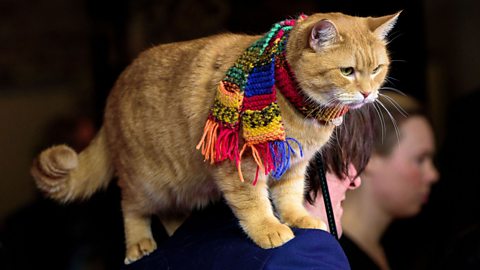
The cat-aclysmically challenging cat quiz
Get your thinking cat on and take a swipe at this tricky quiz about all things feline.
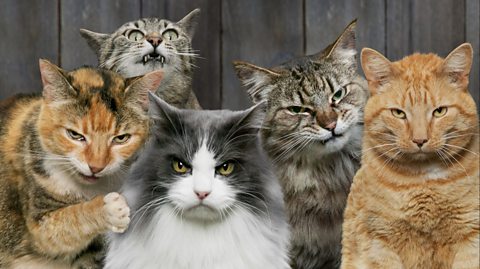
Ten cats that made history
You spend all day scrolling through videos of them on the internet, now learn about the ones that made history.
